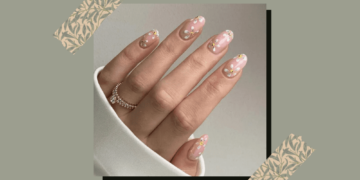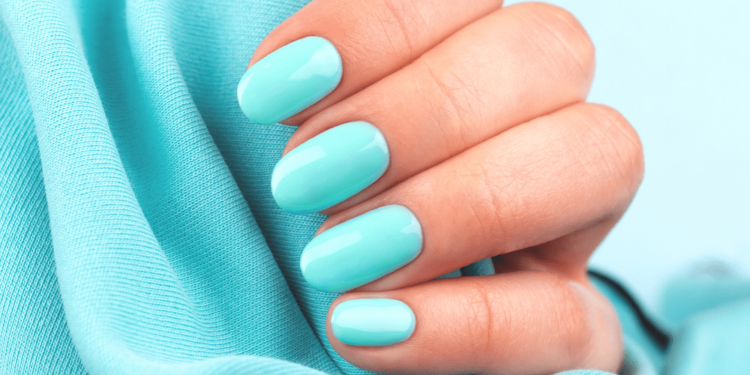Acrylic and gel nails are two popular options for enhancing natural nails, offering a variety of benefits such as increased length, strength, and a polished appearance. However, each type has its own unique characteristics and considerations. This article will delve into the key differences between acrylic and gel nails, helping you make an informed decision about which one is the best fit for your needs and preferences.
Understanding Acrylic Nails
Acrylic nails are created by blending a liquid monomer with a powdered polymer, forming a durable, hard material that adheres to your natural nails. They offer several advantages, including:
- Strength and Durability: Acrylic nails are known for their strength and durability, making them a good choice for individuals who engage in activities that can damage natural nails.
- Versatility: Acrylic nails can be sculpted into various shapes and lengths, allowing for a wide range of styles.
- Cost-Effective: Acrylic nails are generally more affordable than gel nails.
However, acrylic nails also have some drawbacks:
- Odor: The application process can involve strong chemical odors.
- Dryness: Acrylic nails can be prone to drying out and becoming brittle if not properly maintained.
- Difficulty in Removal: Removing acrylic nails can be time-consuming and may require soaking in acetone.
Understanding Gel Nails
Gel nails are cured under ultraviolet (UV) or LED light, hardening into a glossy, durable finish. They offer the following benefits:
- Natural Appearance: Gel nails have a more natural-looking appearance compared to acrylic nails.
- Faster Application: Gel nails can be applied more quickly than acrylic nails.
- Less Odor: Gel nail application involves less odor compared to acrylic nails.
- Easier Removal: Gel nails can be removed more easily than acrylic nails, often with a soaking solution and a cuticle pusher.
However, gel nails also have some drawbacks:
- Cost: Gel nails are generally more expensive than acrylic nails.
- Sensitivity to Light: Prolonged exposure to UV or LED light can potentially damage the skin around the nails.
- Brittleness: Gel nails can become brittle over time, especially if not properly cared for.
Factors to Consider When Choosing Between Acrylic and Gel Nails
- Lifestyle: Consider your lifestyle and activities. If you engage in physically demanding activities or have a tendency to bite your nails, acrylic nails may be a better option due to their strength and durability.
- Nail Health: If you have sensitive or brittle nails, gel nails may be a gentler choice.
- Appearance: Think about the desired look and feel of your nails. Acrylic nails offer more versatility in terms of shaping and sculpting, while gel nails have a more natural appearance.
- Budget: Acrylic nails are generally more affordable than gel nails.
- Maintenance: Both acrylic and gel nails require regular maintenance, including fills and touch-ups. Consider your commitment to nail care before making a decision.
Tips for Maintaining Acrylic and Gel Nails
- Regular Fills: Acrylic and gel nails require regular fills to maintain their shape and prevent lifting.
- Avoid Harsh Chemicals: Limit your exposure to harsh chemicals, such as nail polish remover and cleaning products, which can weaken your nails.
- Moisturize: Keep your nails and cuticles hydrated by applying a nourishing cuticle oil or hand cream daily.
- Protect Your Nails: Wear gloves when doing housework or gardening to protect your nails from damage.
- Avoid Biting or Picking: Resist the urge to bite or pick at your nails, as this can damage them and lead to infections.
Conclusion
Both acrylic and gel nails offer unique benefits and considerations. The best choice for you will depend on your individual needs, preferences, and lifestyle. By carefully evaluating the factors discussed in this article, you can make an informed decision and select the type of nail enhancement that will best complement your style and enhance your natural beauty.


































